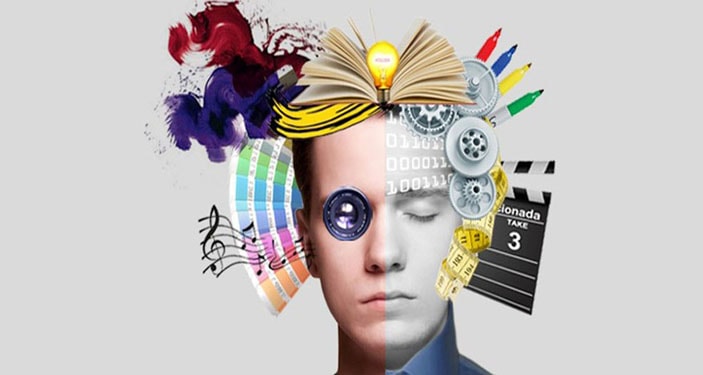
It isn’t PC to have stereotypes, yet when certain attributes are mentioned we cannot help but to form a mental picture.
How do you picture a creative person? Do they dress differently, have funky colored hair, tattoos, and piercings? Possibly. Let me ask another question; are the engineers that develop innovative products creative, and if so, can you imagine them with green hair, arm sleeves, and a nose ring? That’s not the image that comes to my mind when I think of an engineer.
So how can you identify a creative person? Are you creative? How are you different from other people?
Creativity does not necessarily manifest itself in a physical appearance. However, creative people do have common habits. Following are eight of them:
Creative people fail, learn from their failures, and try again.
Look at any highly creative and innovative person throughout history and you will find a trail of failures that eventually lead to their success. Steve Jobs called it failing forward. Steve Jobs certainly had his share of failures, but when we think of him we think of the man who lead Apple to the top. The key is to accept failure as a part of creative success. Instead of being frustrated and throwing up your hands, brush off the dust, review the problem and improve your next attempt.
Creative people ask a lot of questions.
One of the most powerful questions is, “What if…?” People used to be nomadic because they were constantly traveling to the source of food and water, until one day someone said, “What if we brought the food and water to us?” This enabled people to settle in one location and build great ancient cities. Creative people are always looking at the way things are and asking, “How can this be improved? Why have we always done it this way? How does that work? What if we tried this?” Questions are a powerful creative tool.
Creative people try new experiences.
Creative people are the adventurers. They are the people who have dozens of hobbies, projects, and interests. They are constantly learning something new. Some think they are ADHD because they bounce from one thing to another, but they are experiencing and absorbing everything they see, hear, and do.
Creative people are excellent observers.
New ideas do not exist in a vacuum. Ideas are often based on an older idea, and it comes from observation that creative people figure out how to make something new out of something old. They watch how people interact with objects for inspiration to improve the object. They observe how things work for ideas on how to make it faster and how to apply those mechanics to other situations. They observe problems that other creative people are working on to find their next project.
Creative people find connections between supposedly unconnected items.
What do Velcro, masking tape, and the printing press have in common? They were all created when a creative person put two supposedly unconnected items together to create a new product. George de Mestral observed burdock and clothing together to create Velcro. Richard Drew put together sandpaper and adhesive to create masking tape. And Johannes Gutenberg combined the wine press with a coin punch to create the printing press.
Creative people challenge the status quo.
There cannot be improvement if things are always done the same way, which requires change. Change stirs things up. Change makes people nervous. Change is resisted. Creative people take risks by challenging the way things are done and look for ways to do it better.
Creative people embrace their inner child.
The most creative people play to stimulate ideas. They get excited. They ask “why.” They look at the world with wonder.
Creative people practice mindfulness.
Though creative people are active and seem to jump from one thing to another, they also understand the importance of having a calm mind. Creative people often meditate, journal, exercise, or participate in another calming activity. This allows them to have a sharp focus on a problem and to generate ideas for a solution.

